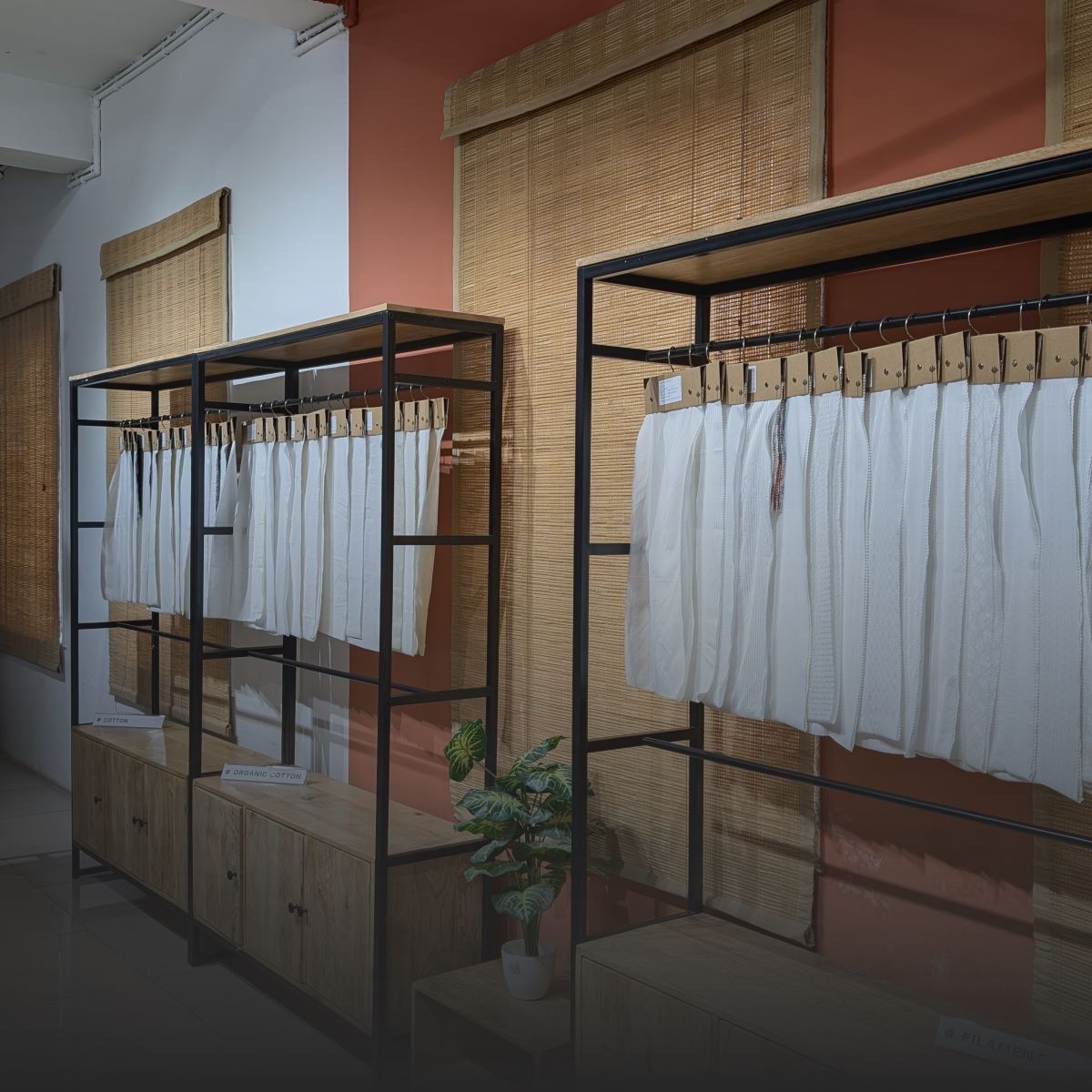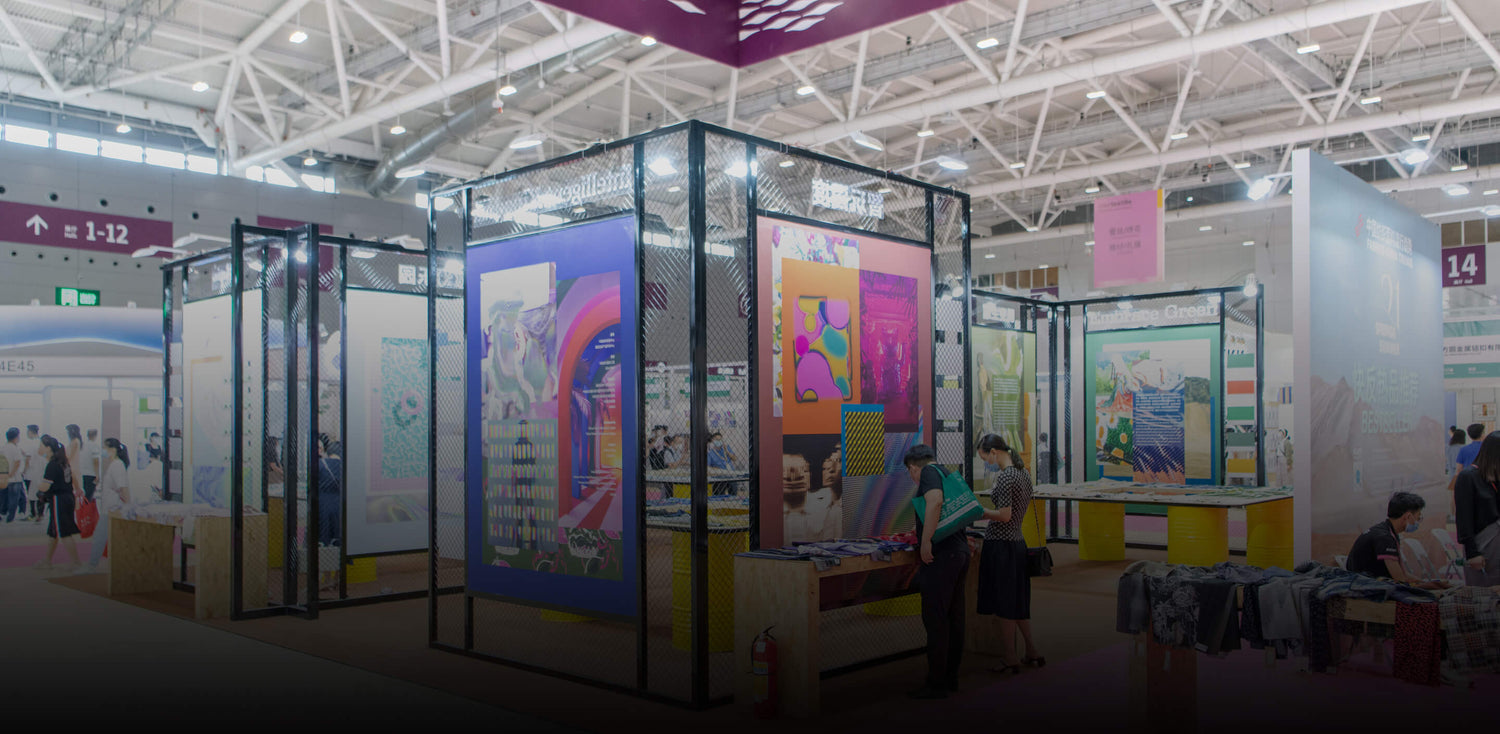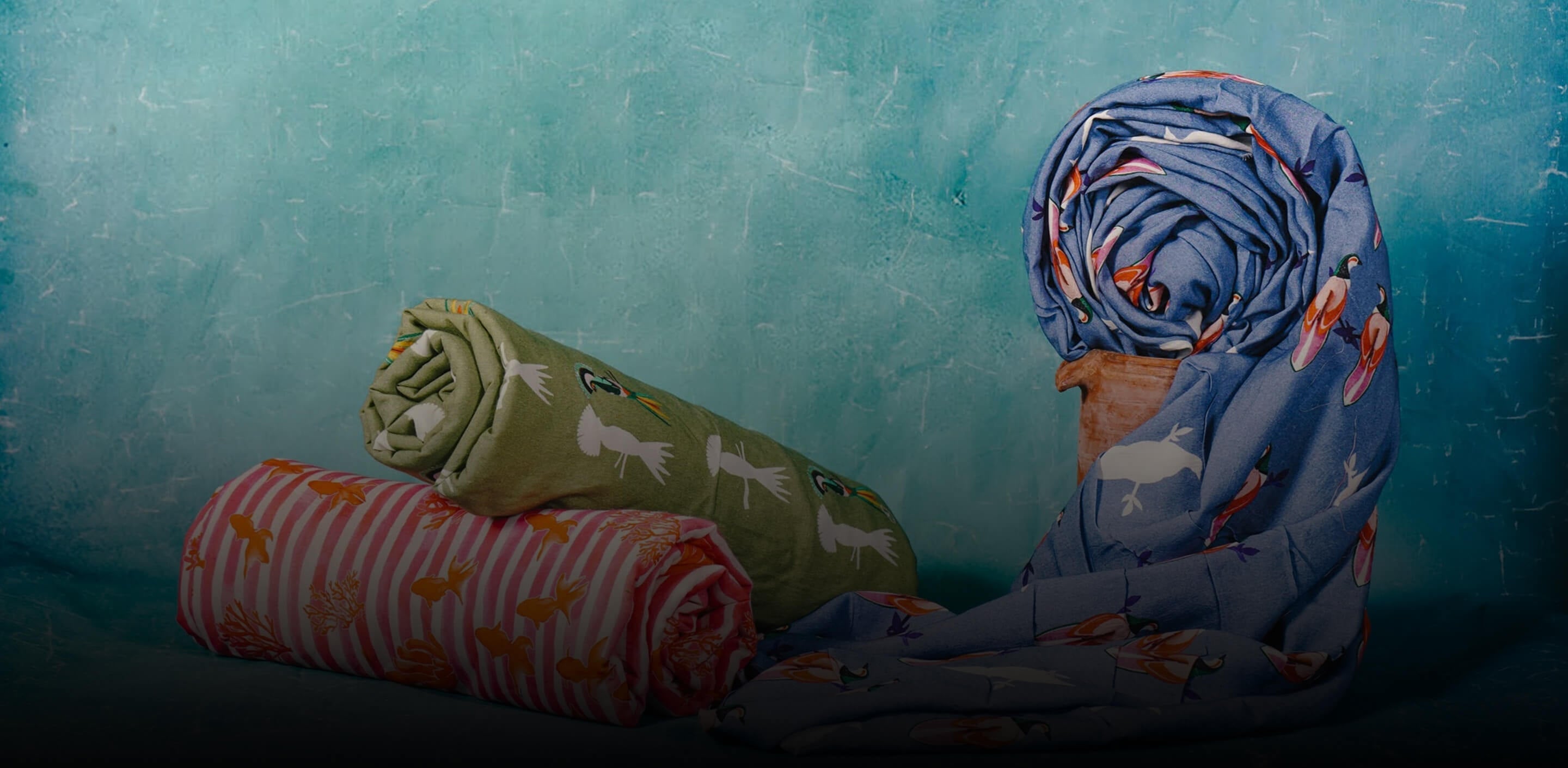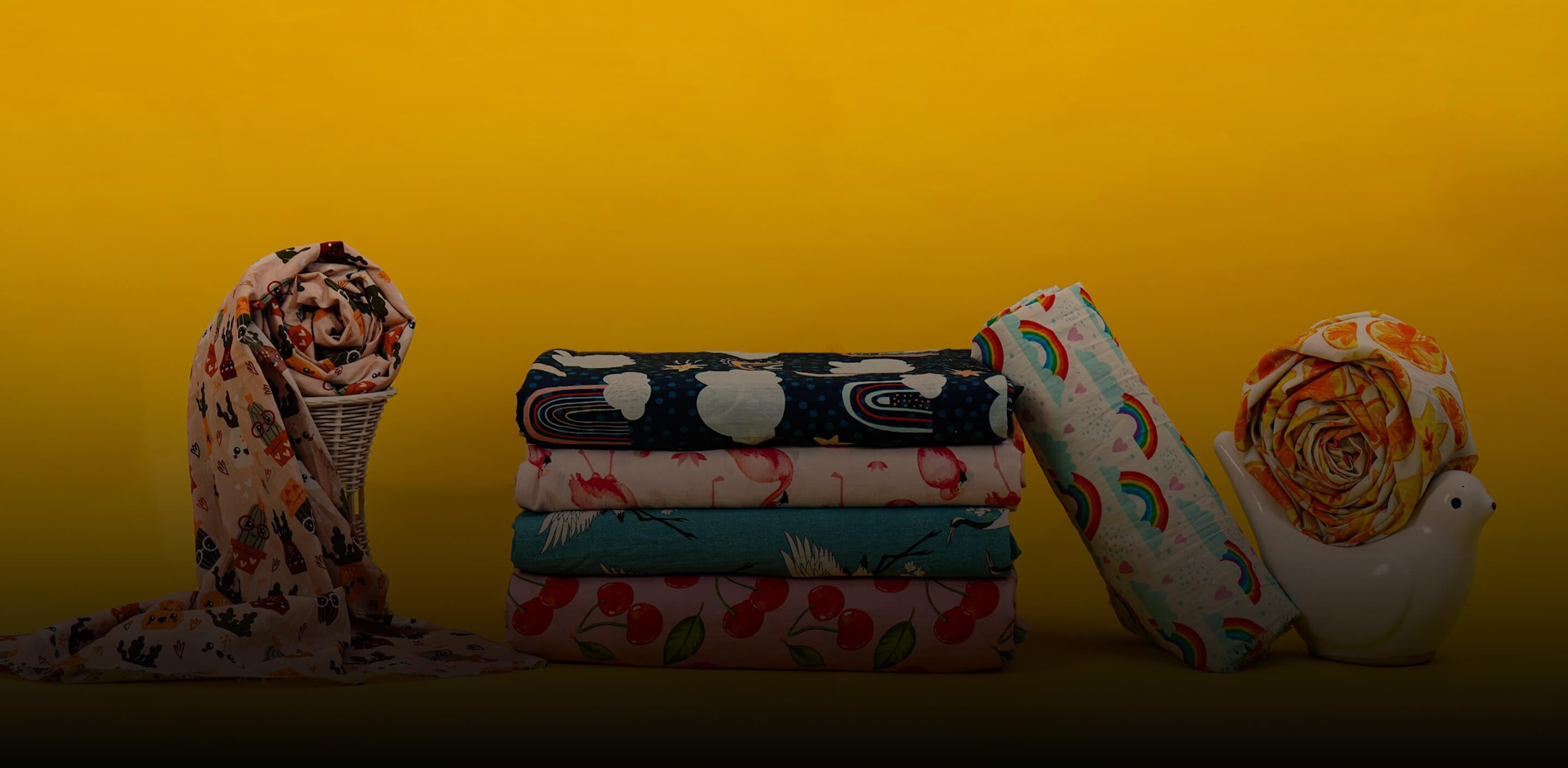Colors don’t simply adorn them, breathe, shift, and pulse like living moods. That is the power of interactive gradients in contemporary branding: images that move, change, and emotionally resonate with audiences on platforms designed for continuous scrolling. Through creative software such as Dreamina, brands are learning to convert feelings into smooth designs, crafting campaigns that feel less like ads and more like experiences. It’s no wonder creators often lean on an AI photo generator to test how colors blend, merge, and speak before settling on their final palette. Gradients aren’t static anymore; they’re alive.

When colors speak instead of word
Consider the instant you swipe away from a post that starts in warm oranges and dissolves into cool blues. Immediately, you feel a tale without seeing a caption. Gradients reflect feelings more than flat colors because transitions mimic change: joy transitioning to serenity, excitement gliding into wistfulness. They set a mood, but better still, they take audiences on a journey.
- A gradient starting off bright and playful can end off mysterious and dark, symbolizing transformation.
- Hues transitions can represent the emotional range of a campaign, from loud excitement to quiet contemplation.
- Seamless transitions make images feel human, simulating how emotions are never one-dimensional but rich.

Markets that live by these living palettes stop observers in their tracks in ways that mere words cannot.
Gradients as emotional storytelling
Campaigns that flow like music
Interactive gradients behave like visual soundtracks. They build tension that is released like melodies. Visualize an advertising campaign supporting a new energy drink:
- Beginning with neon greens that flash by on the screen, igniting adrenaline.
- Resolving in soothing purples, leaving an impression of satisfaction.
Tools that form gradient-driven campaigns
Designing gradients that resonate emotionally rather than haphazardly requires care. That’s where technology comes into play. Designers tend to test palettes in motion using Dreamina before settling. Others will brush up brand marks with an AI logo generator to ensure the logos blend well into gradient-dominant campaigns without fading from sight. Technology does not do design work; it enhances it, allowing teams to play with palettes and flow until the gradient feels like an organic offshoot of the personality of the brand.

Gradient canvases as social platforms
Browsing through Instagram, TikTok, or LinkedIn, viewers no longer desire flat visuals. They prefer images that breathe with them. That’s why companies transform gradients into dynamic backgrounds, overlays, or interactive features.
- Stories and Reels: Backgrounds that gradually change colors as music swells.
- Carousel Ads: Each slide pushes the gradient farther along, enticing users to swipe along for the full gradient spectrum.
- Profile Identity: A uniform gradient theme throughout posts, making recognition even without a logo.
This strategy turns feeds into living paintings where brand identity is experienced in color and not read through slogans.
Beyond aesthetic: gradients as identity
They usually serve as brand shorthand, but gradients enable multidimensional identity. Rather than being stuck in a single corporate color, companies can convey versatility. A heritage-driven brand can begin its gradient in subdued historical hues and graduate to current brights, demonstrating change without sacrificing heritage.
Because adaptability is the hallmark of gradients, they become appealing to all cultures. Colors can have different meanings in different parts of the world; however, gradients demonstrate fluidity and shape-shift away from rigidity while simultaneously allowing for different interpretations. It’s brand utility with the opportunity for audience participation.
The playfulness of stickers and small formats
Not all gradients exist in blockbuster campaigns, sometimes, they thrive in small, playful things. Stickers, for example, take gradients into intimate spaces: laptops, water bottles, or online conversations. A sticker maker enables brands to miniaturize emotional palettes into transmissible forms. Picture a sticker with a small drawn character whose clothes change color like a mood ring. It becomes a daily emotional friend instead of a fixed emblem.

Gradients in miniature sizes support the notion that branding isn’t about being viewed; it’s about being transported. Stickers become mood ambassadors, taken into meetings, classrooms, and coffee shops, sustaining the campaign in smaller form.
Audiences as co-creators of mood
The charm of interactive gradients is that they can pivot. Spectators feel empowered to impute their own moods onto the palette. A pale blue to gold gradient can represent morning optimism to one and evening wistfulness to another. That ambiguity makes campaigns memorable, generating conversation because they are open to interpretation. This is the reason why most brands are now enabling customers to create their own gradient-based images, making campaign interactive spaces. The audience doesn’t only consume branding, they co-create it.
Gradients that refuse to sit still
Movement as memory
Animated gradients have a special strength. When gradients change rhythm with scroll or sound, they anchor themselves further into memory. People might forget specific taglines but will remember the campaign that “moved like a song.”
A mood for every launch
Brands can fine-tune gradients with each new release or announcement. A summer ad campaign can glisten with island-style transitions, whereas winter can radiate with icy fades. Seasonal adaptability makes the brand exciting without starting over with the entire identity each time.
Why gradients are the language of now
Interactive gradients work because they keep up with the rhythm of digital life. Social media is fast-paced, feelings change quickly, and audiences are eager for images that mirror those ceaseless changes. Gradients are no longer a visual background trick. They are the narrative itself, telling in hues and moves that bypass words.
Closing flow: where colors carry us
Ultimately, gradients teach us that branding need not be stiff but can be fluid, emotive, and breathing. As Dreamina provides fun means to experiment with palettes and stretch imagination, creators are empowered to craft campaigns that not only look great but feel like experiences. From broad visuals fueled by exploratory tools to intimate touches such as stickers, the realm of branding is evolving into a range where moods are in charge.
We also happen to be a magnet for suggestions, and would love to catch yours….throw us yours on hello@fabriclore.com




